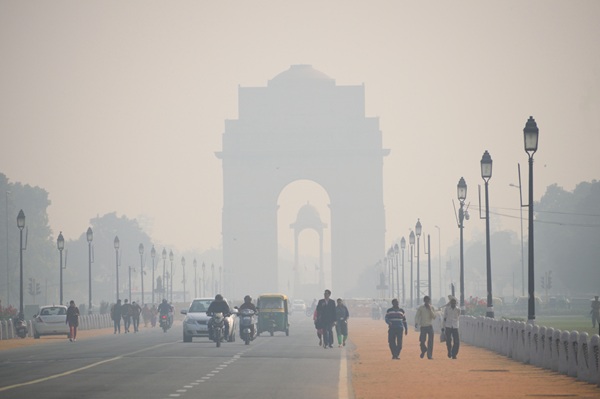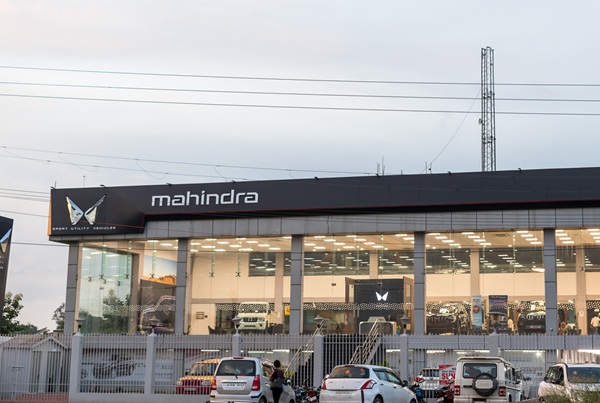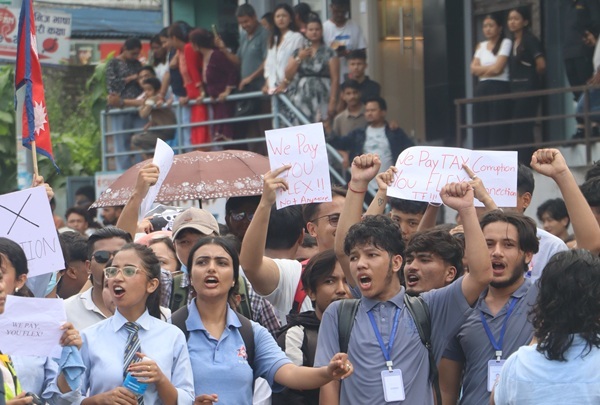.png)
Week in Numbers – Tracking India’s Economic Pulse
With retail inflation trending below projections, GST rate cuts, potential Fed easing, and US tariffs weighing on India’s growth, the window for an RBI rate cut in December may be opening.


By Datametricx
Datametricx is a veteran journalist tallying the macro game, keeping score of the numbers that shape India’s economy and policy.
September 15, 2025 at 4:27 AM IST
Nut Graph
India’s annual retail inflation rose to 2.07% in August from an eight-year low of 1.61% in July. This was the first month-on-month increase in 10 months, driven mainly by higher food prices and a low base effect. Even so, inflation remains the Reserve Bank of India’s projections, averaging 1.8% in the first two months of the quarter compared with the central bank’s forecast of 2.1%.
The cut in goods and services tax rates from September 22 is expected to further ease prices, with inflation in October expected to be closer to zero, potentially lowering the inflation trajectory. Meanwhile, GDP growth came in stronger than expected at 7.8% in April-June. However, US tariffs on Indian goods could dampen momentum, making July-September growth figures crucial for monetary policy. The GDP data for the second quarter will be released just a week before the RBI’s December policy meeting, which will likely attract significant attention.
Week in Numbers
As the Kharif sowing season nears its end, overall acreage rose 2.5% year-on-year at 110.5 million hectares as of September 5. This is 0.8% higher than the normal total Kharif area of 109.7 million hectares. Rice, the main Kharif crop, was up 4.7% at 43.8 million hectares, but oilseed area fell 2.7% to 18.7 million hectares.
Strong southwest monsoon rainfall continues
Cumulative southwest monsoon rainfall as of September 12 touched 836.2 millimetres, 7% above the long-period average. Barring three sub-divisions – Arunachal Pradesh, Assam & Meghalaya, and Bihar – the rainfall has been normal or above across the country. Reservoir storage stood at 158.8 billion cubic metres as of September 11, up 14.8% from the normal level of 138.3 billion cubic metres for the period.
Forex reserves rise
India’s foreign exchange reserves rose $4.0 billion from a week earlier to $698.3 billion as of September 5. The increase was primarily due to higher gold prices. Foreign currency assets rose $540 million to $584.5 billion, while gold increased $3.5 billion to $90.3 billion. Overall, reserves have risen $29.9 billion so far in the current financial year.
Automobile retail sales improve
Retail sales of automobiles improved in August, with overall sales rising 2.8% year-on-year compared with a 4.3% contraction in July. Passenger vehicle sales rose 0.9% to 323,256 vehicles, while two-wheeler sales increased 2.2% to 1.37 million units. Automobile sales in September are likely to be affected by the GST rate cut that will come into effect on September 22.
Net Inflows to mutual funds slow
Net inflows to open-ended mutual fund schemes slowed to ₹525 billion in August from ₹1.79 trillion in July and ₹1.08 trillion a year ago. During the month, open-ended debt schemes saw an outflow of ₹79.8 billion, while inflows into equity funds slowed to ₹334.3 billion. Total assets under management stood at ₹74.93 trillion as of August 31.
Reserve Money growth slows
Reserve money growth slowed to 5.6% year-on-year as of September 5 from 5.8% a week earlier. Currency in circulation rose 8.8%, but bank deposits with the RBI declined 6.0%.
Outward FDI slumps
Outward direct investment from India slumped to $2.10 billion in August, down from $4.08 billion in July and $3.41 billion a year ago. Outward equity investment declined 23% year-on-year to $940 million, loans fell 25% to $510 million, and guarantees contracted 57% to $648 million.
E-way bill generation remained robust, rising 22.4% year-on-year to 129.14 million in August. In absolute terms, August saw the second-highest ever number of e-way bills, after 131.91 million in July. E-way bill generation, a lead indicator of economic activity and domestic trade, has been growing in double digits for the past 21 months.
New business premium of life insurance companies contracted 5.2% year-on-year to ₹309.59 billion in August. New business premium of private life insurance companies increased 12.0% to ₹149.36 billion, but that of state-owned Life Insurance Corp. fell 17.0% to ₹160.23 billion.
Gross direct premiums underwritten by general insurance companies, including stand-alone health insurers, rose 1.6% year-on-year to ₹249.53 billion in August. The growth rates are not strictly comparable as the Insurance Regulatory and Development Authority has excluded premium from long term policies with effect from October 1, 2024.
Coming up
Sept 15 – Trade data for August.
Sept 15 – WPI inflation for August.
Sept 23 – Flash PMI for September
Sept 29 – IIP for August
Sept 30 – Government finances for Apr-Aug
Nov 28 – GDP for Jul-Sep
Tailpiece
Notwithstanding its sovereign guarantee, state-owned Life Insurance Corporation appears to be gradually losing its stranglehold over the Indian life insurance industry. LIC’s market share in first-year premium income fell to 51.8% in August from 59.2% a year ago.



